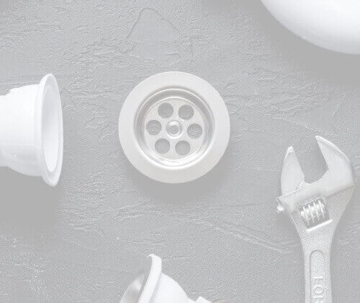Do you arrange for maintenance for your home’s heating system every fall? If you don’t, you should, since this is the best way to plan ahead for the winter and ensure that your family will have warmth whenever it needs it and that the heater will operate at an energy-saving level.
But did you know that your home’s water heater also requires maintenance every year? Whenever fall arrives and you start thinking about planning for the coming winter, it’s the right time to also plan maintenance for your water heater.
Why Water Heaters Require Annual Inspections and Tune-Ups
It’s easy for people to take the hot water that flows from their taps and showerheads for granted and just assume that the hot water heater will always work when needed. But water heaters undergo a great deal of work stress during a year. The presence of water also causes them to rapidly wear down unless they have regular service from professionals.
Here’s what might happen if a water heater goes without maintenance:
- Corrosion: This is a water heater’s #1 enemy. Although water heaters are designed to resist corrosion and rust for as long as possible, one that misses maintenance will be at a high risk of corroding when the anode rod fails. During routine maintenance, a technician will replace the anode rod if necessary.
- Overheating and high pressure: Sediment that builds up inside the tank of a water heater will cause the tank to overheat and spike the water pressure inside. Technicians will flush the tank as part of maintenance if there is too much sediment.
- Wasteful performance: Any type of water heater will gradually become more expensive to run if it doesn’t receive regular care. In only a few years, you could pay from 25% to 40% more to run the water heater than you should.
- Leaks: Checking for leaks and fixing them is one of the basic steps of regular maintenance.
If you’re ready to have your water heater properly maintained for the year, call on Mallick Plumbing & Heating. We’re the service contractor of choice in Silver Spring, MD.

